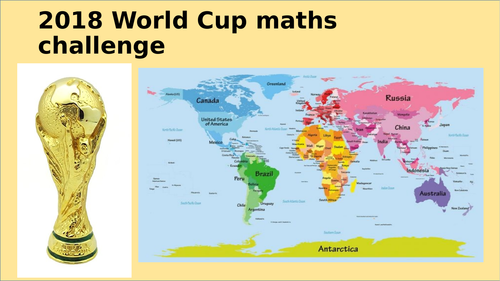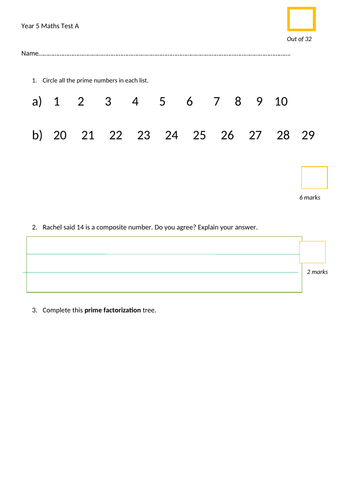Damon Roberts
I create a range of resources aimed at primary aged children; most frequently upper KS2. My passion is teaching mathematics, my specialist subject area. I have two aims: To create fun resources which inspire children To create mathematicians, not robots! I believe great teaching, specifically with mathematics, should aim to teach children the underlining methods which children can apply to take initiative of their own learning! Please feel free to browse my shop.






















